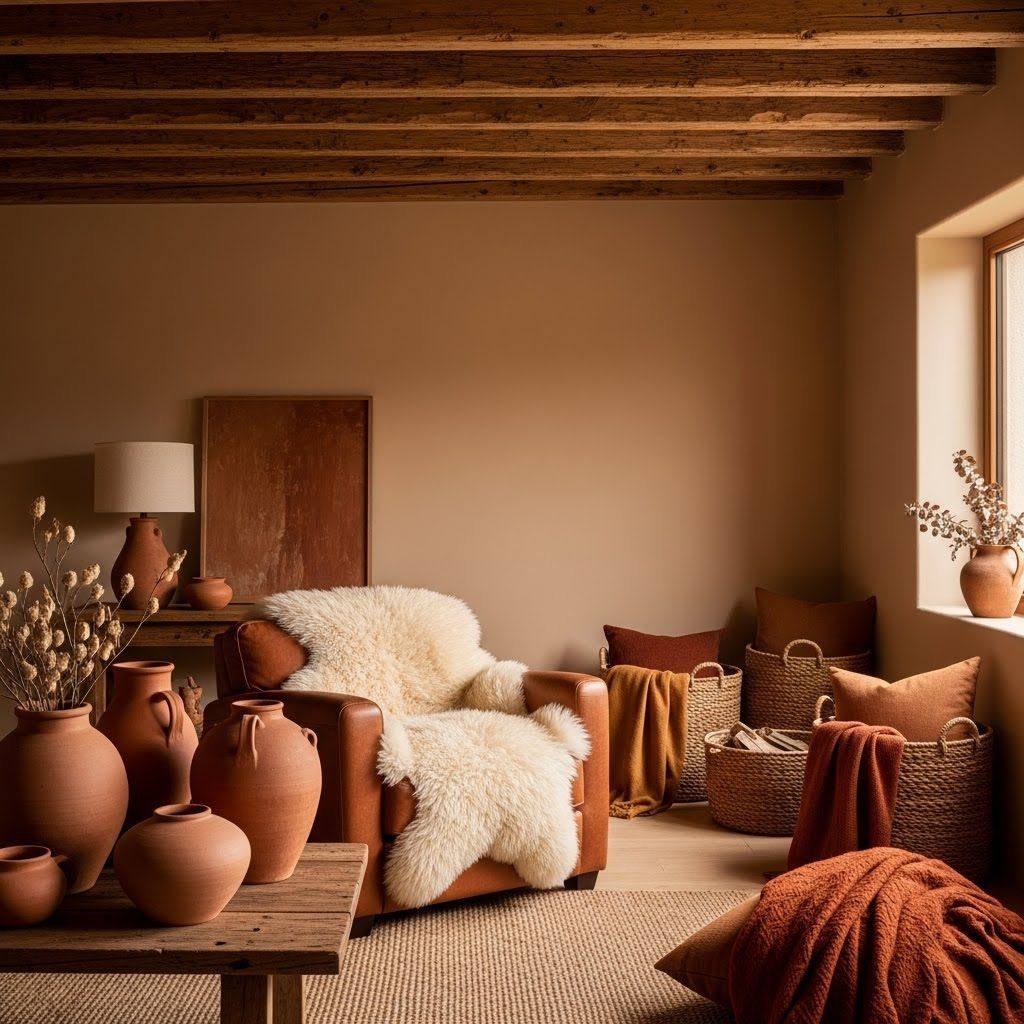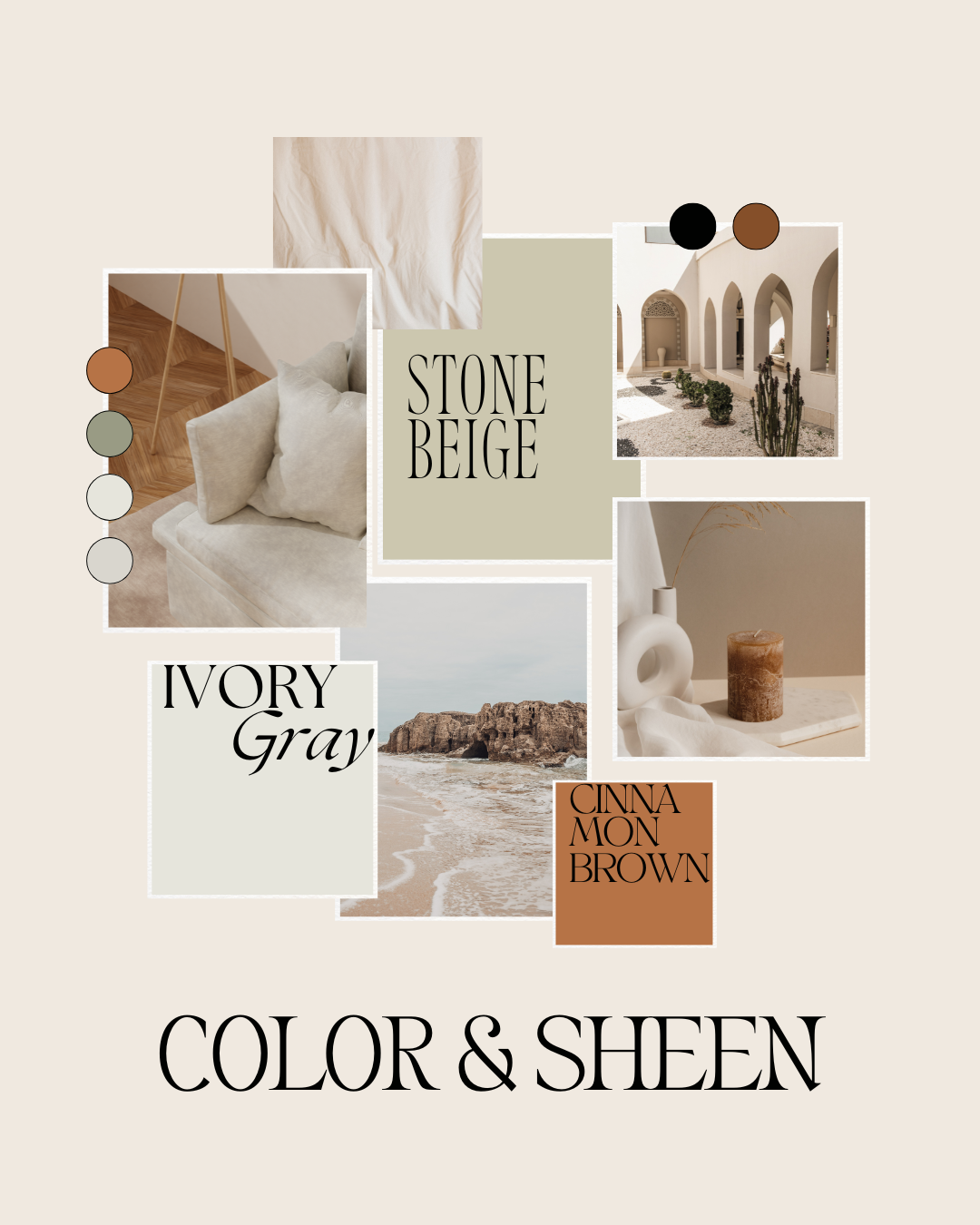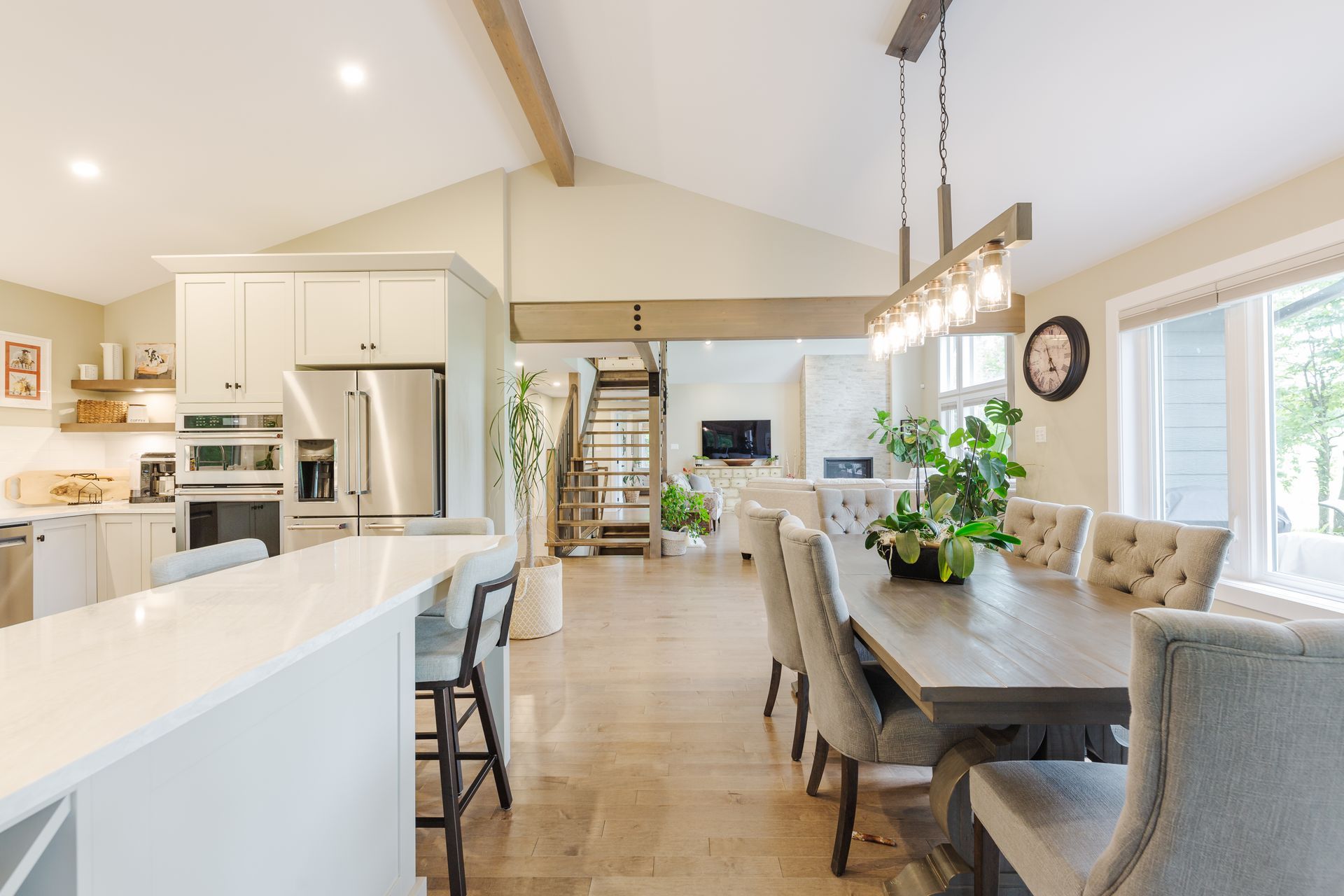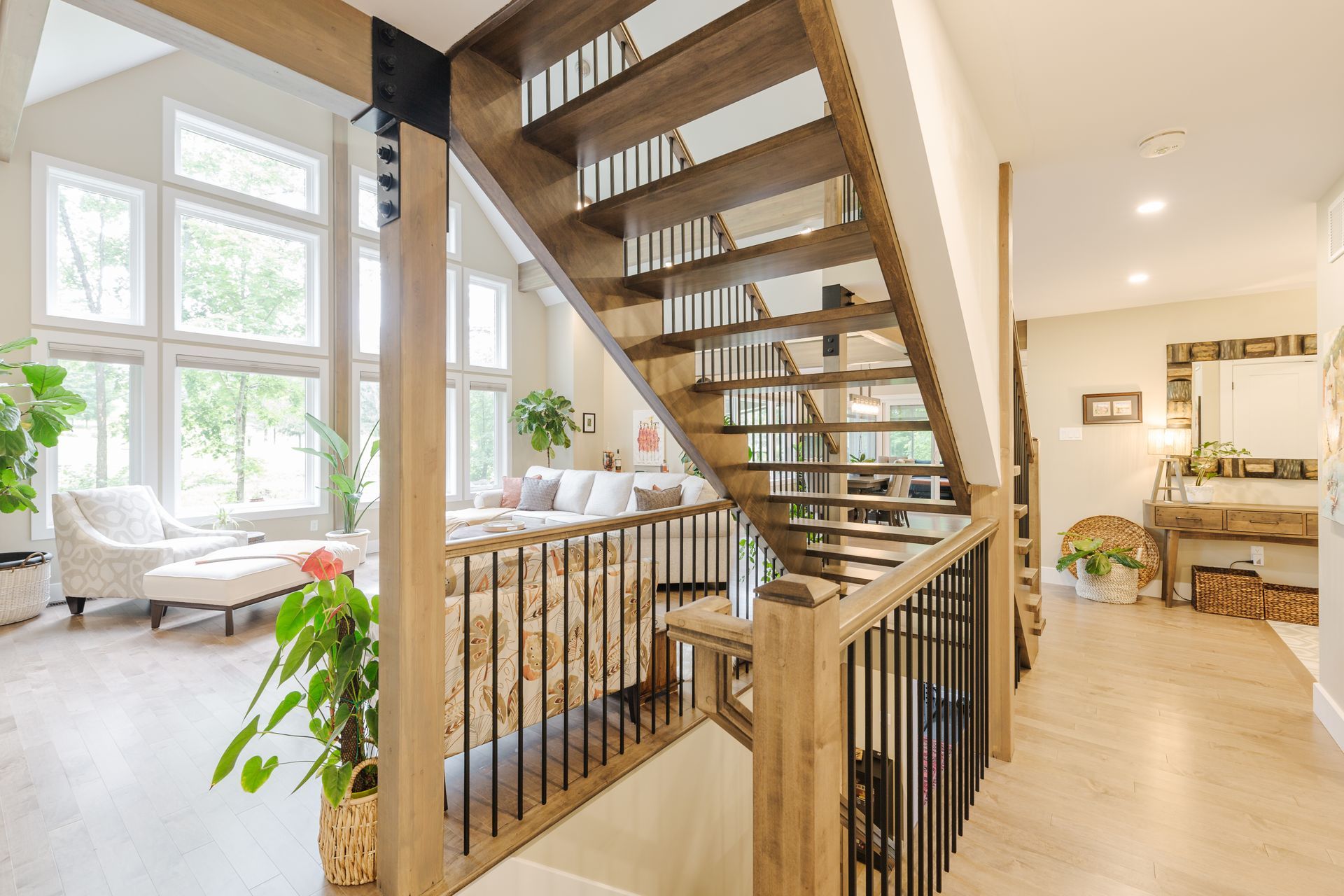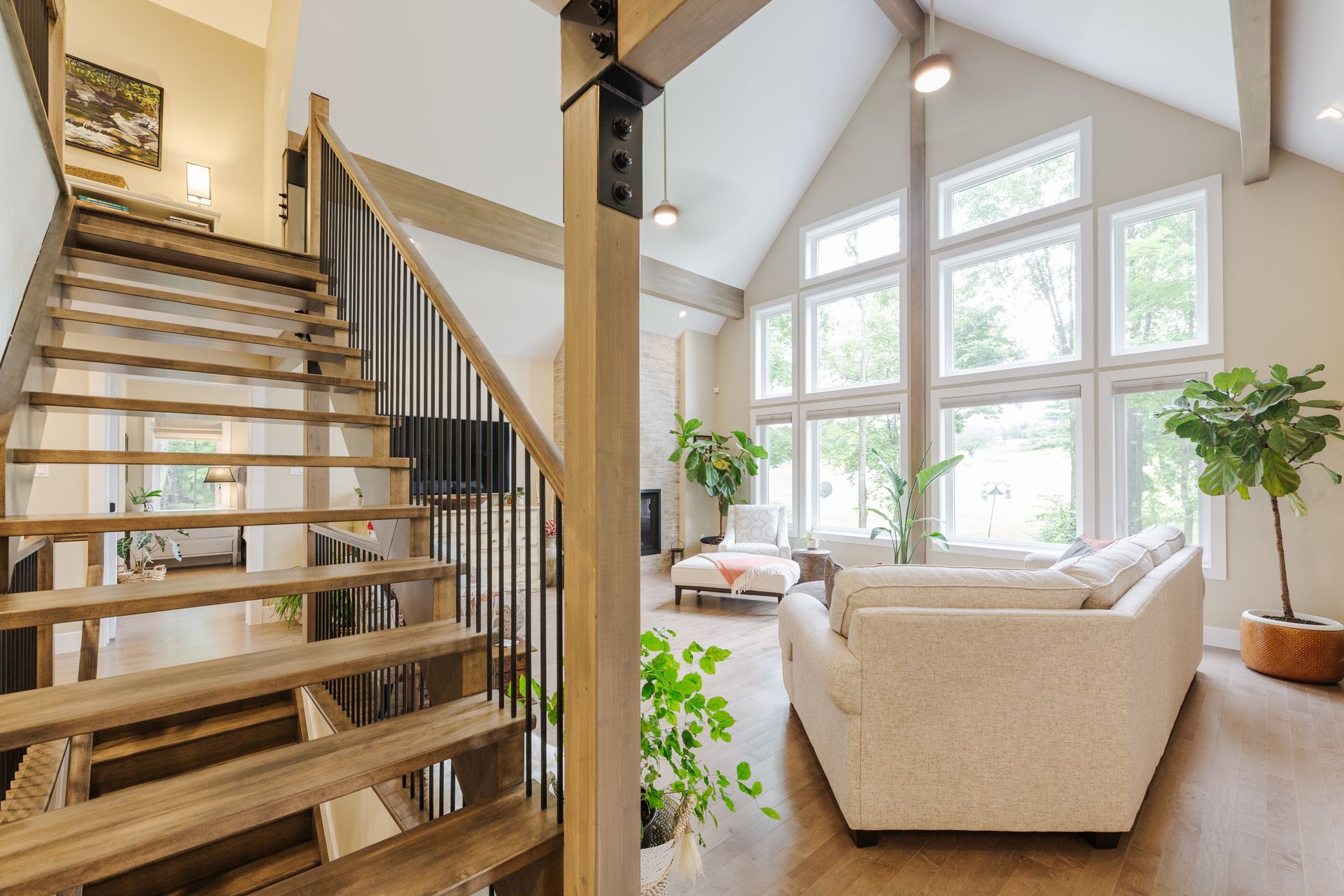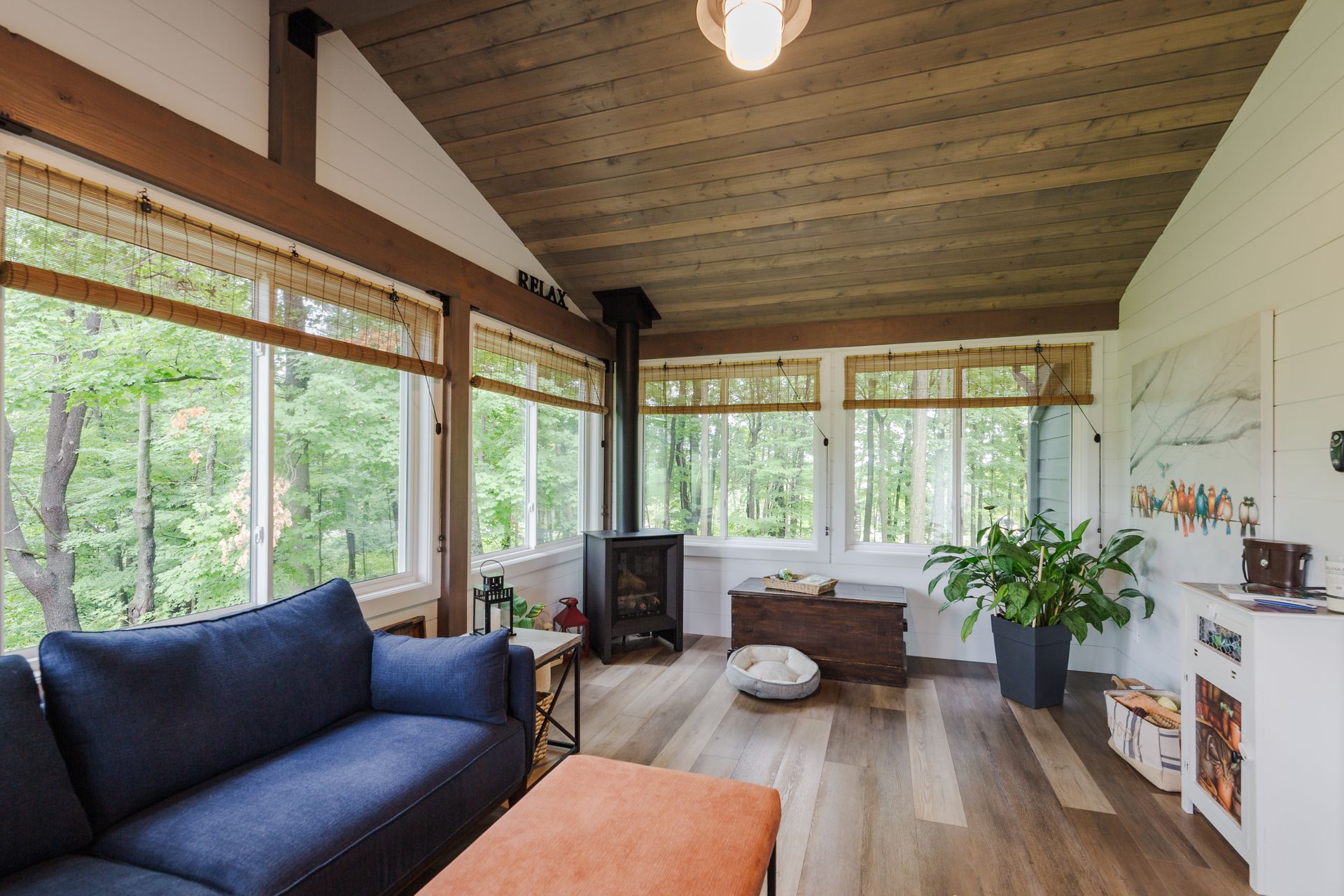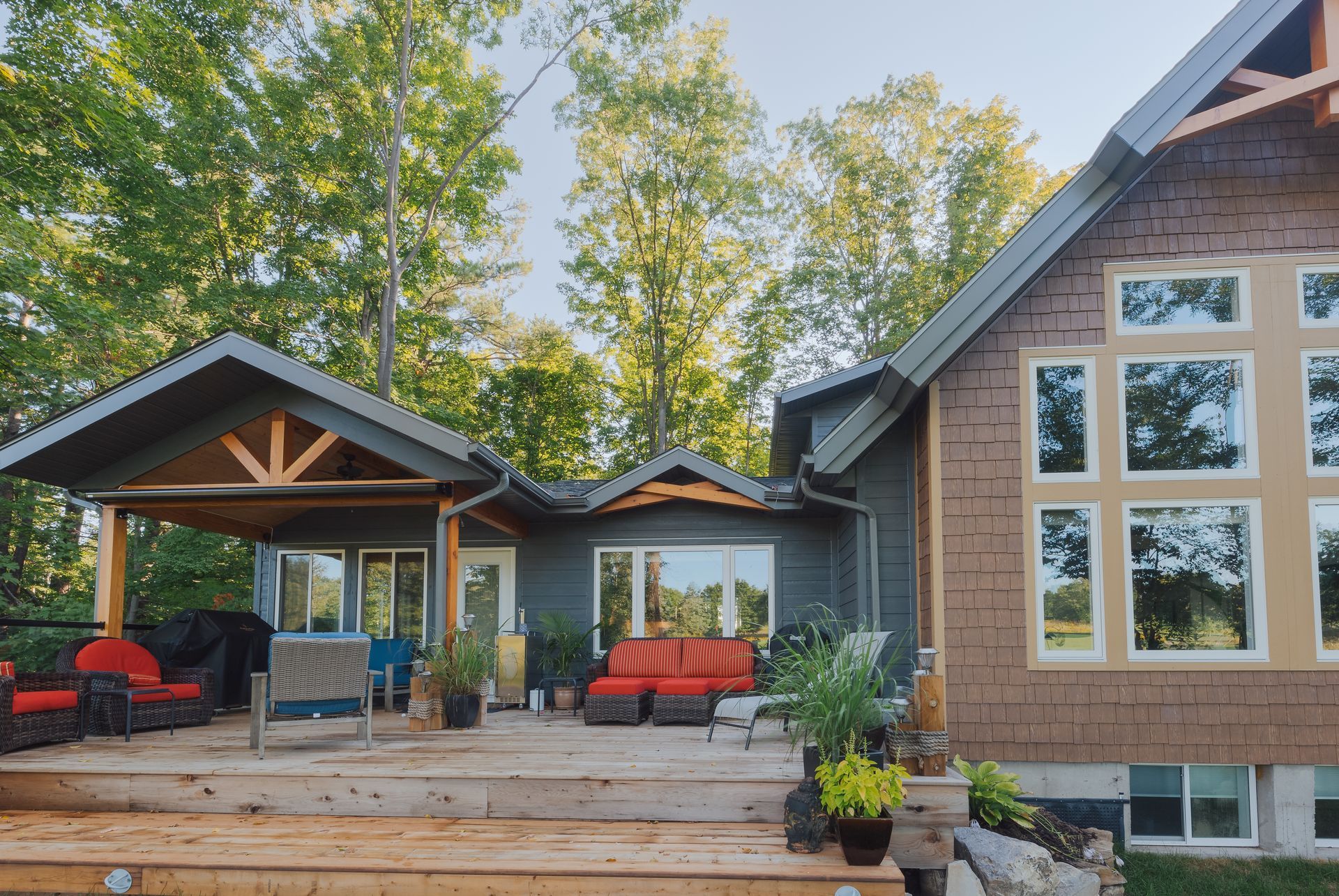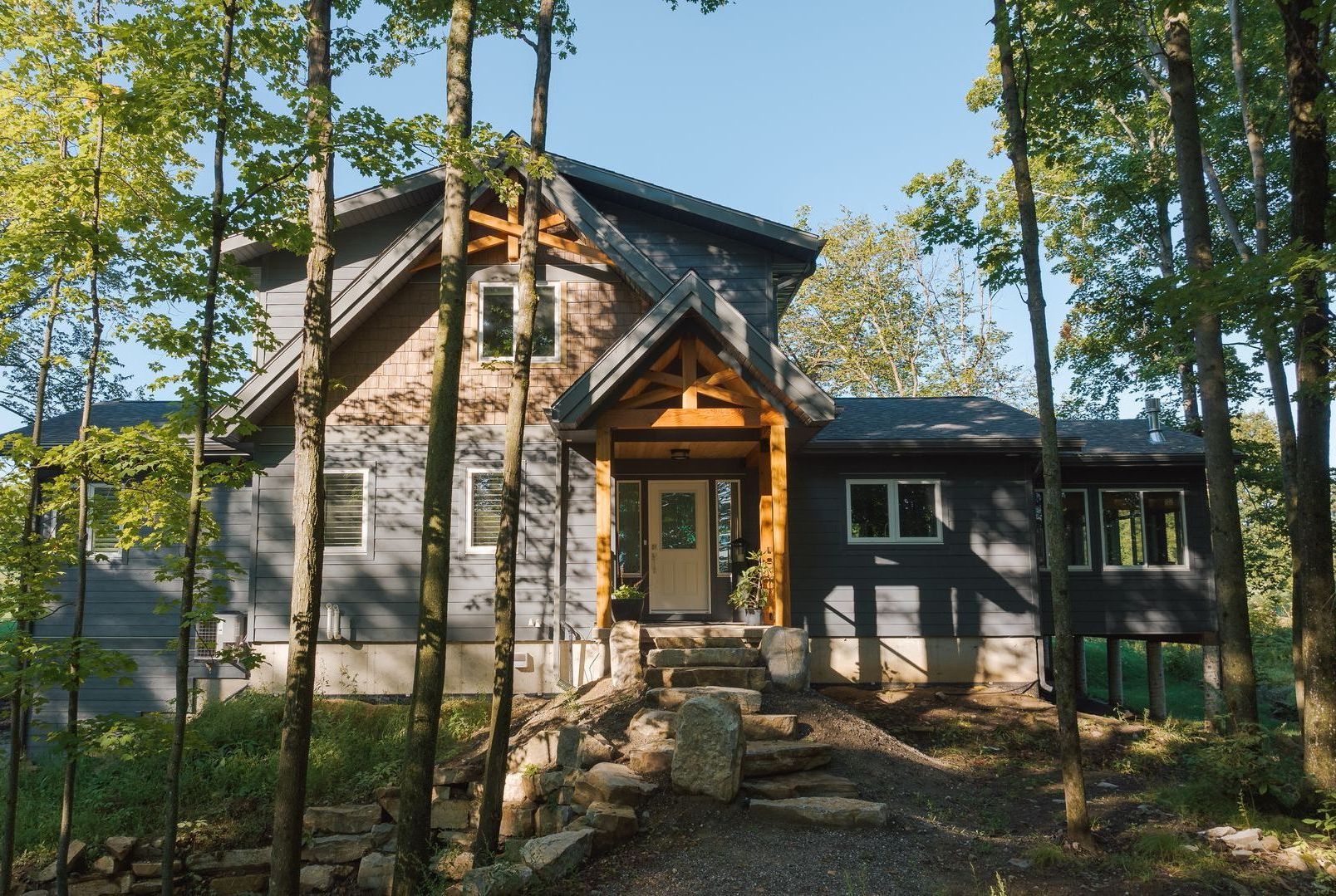The Power of Art: Evoking a Mood
Art in a room is more than decoration it’s a silent storyteller, mood-setter, and personality-revealer. The right piece can transform a space instantly, shifting it from calm to energizing, intimate to expansive, playful to contemplative. In interior design, art is one of the most powerful tools for shaping how a room feels, because it communicates directly with emotion.
Why Art Has Such Emotional Impact
Unlike furniture or architecture, which are often judged for their function, art is experienced almost entirely through feeling. Color, form, subject matter, and even scale trigger subconscious responses. A large abstract in deep, moody blues can create a sense of serenity or introspection, while a vibrant piece bursting with reds and oranges can energize and excite.
Art also connects to memory and personal associations. A photograph from a favorite travel destination can bring warmth and nostalgia, while an expressive portrait can add a human connection to an otherwise minimalist space.
Choosing Art to Shape the Atmosphere
- For Calm & Tranquility: Soft palettes, flowing lines, and nature-inspired imagery tend to relax the eye and soothe the mind. Water scenes, gentle landscapes, or minimal abstract works can help create a sanctuary-like environment.
- For Energy & Dynamism: Bold colors, sharp contrasts, and graphic patterns can make a space feel more alive and invigorating. These are perfect for creative studios, home gyms, or social living areas.
- For Drama & Sophistication: Large-scale pieces with strong contrast, dark tones, or striking compositions can make a bold statement, especially in entryways or dining rooms where you want an impactful first impression.
Placement as a Mood Tool
Where you place art matters as much as the art itself. A piece hung over a fireplace or sofa becomes a focal point, setting the tone for the entire space. Smaller works clustered in a gallery wall can create a sense of intimacy and personality, while a single oversized piece in a minimal room can feel powerful and commanding.
Lighting also plays a role. Soft, warm lighting can make art feel inviting and romantic, while cool, bright lighting can highlight details and sharpen a piece’s impact.
Personal Connection Matters
Ultimately, the art that evokes the most powerful mood is the art that resonates personally. A piece you love, that tells your story or reflects your values, will always bring more authenticity and emotional depth to a room than something chosen solely for matching colors.
Final Thought
Art is the heartbeat of a space. It’s what draws people in, invites them to feel, and leaves them remembering how the room made them experience a moment. When chosen and placed thoughtfully, art doesn’t just fill a wall, it transforms the entire emotional landscape of a home.
Need help? Let’s chat to see how I can help.
